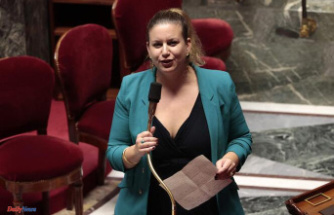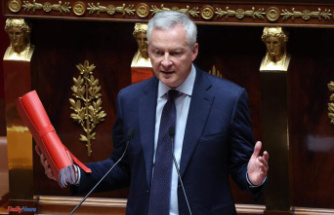The exploding energy prices are also a major problem for the municipalities. The consulting firm EY asks what cities are planning to do against the additional expenditure. The result is a package of measures that is likely to affect the lives of many.
The energy crisis is hitting consumers and local authorities hard due to the sharp rise in energy costs. Some cities now want to react to this. Around 98 percent of all municipalities reduce the room temperature in public buildings, more than every second one reduces street lighting and almost every third one closes indoor and outdoor swimming pools or restricts their operation. This emerges from a study by the consulting firm EY, which surveyed 301 communities with at least 20,000 inhabitants.
For the current year, the cities and municipalities expect that expenditure on energy will increase by 24 percent. There is no change in sight: for 2023, all of the municipalities surveyed are expecting energy expenditure to increase, and almost half are even assuming that costs will rise sharply or very sharply by at least 20 percent. In view of inflation of ten percent, expected wage increases for municipal employees and additional burdens for refugees, a sharp increase in municipal expenditure can be expected according to the study.
The problem: Cities' revenues are expected to rise less sharply, which means that the number of cities with a budget deficit could increase further: from 50 percent in the previous year to 59 percent in 2022. Only 11 percent are expected to have a budget surplus - last year it was 13 percent, compared to 54 percent in 2019. That's why the cities are already taking countermeasures: more than half of the municipalities have to reduce their own spending by cutting municipal services - last year only 26 percent had such savings plans.
"For the coming year, we expect increasing municipal debt," said EY expert Sven-Joachim Otto. The deficit of the cities now amounts to 137 billion euros. In view of their financial distress and the expected cost increases, many municipalities are therefore forced to increase their income, so that there will probably be another wave of property and trade tax increases: According to EY, 31 percent of the municipalities surveyed are planning such tax increases.
The income should in turn be used for investments in order to be prepared for the future and to help shape the energy transition. According to the survey, every second municipality is planning to modernize buildings. This includes, for example, installing modern heating systems and/or using photovoltaic systems and heat pumps.












